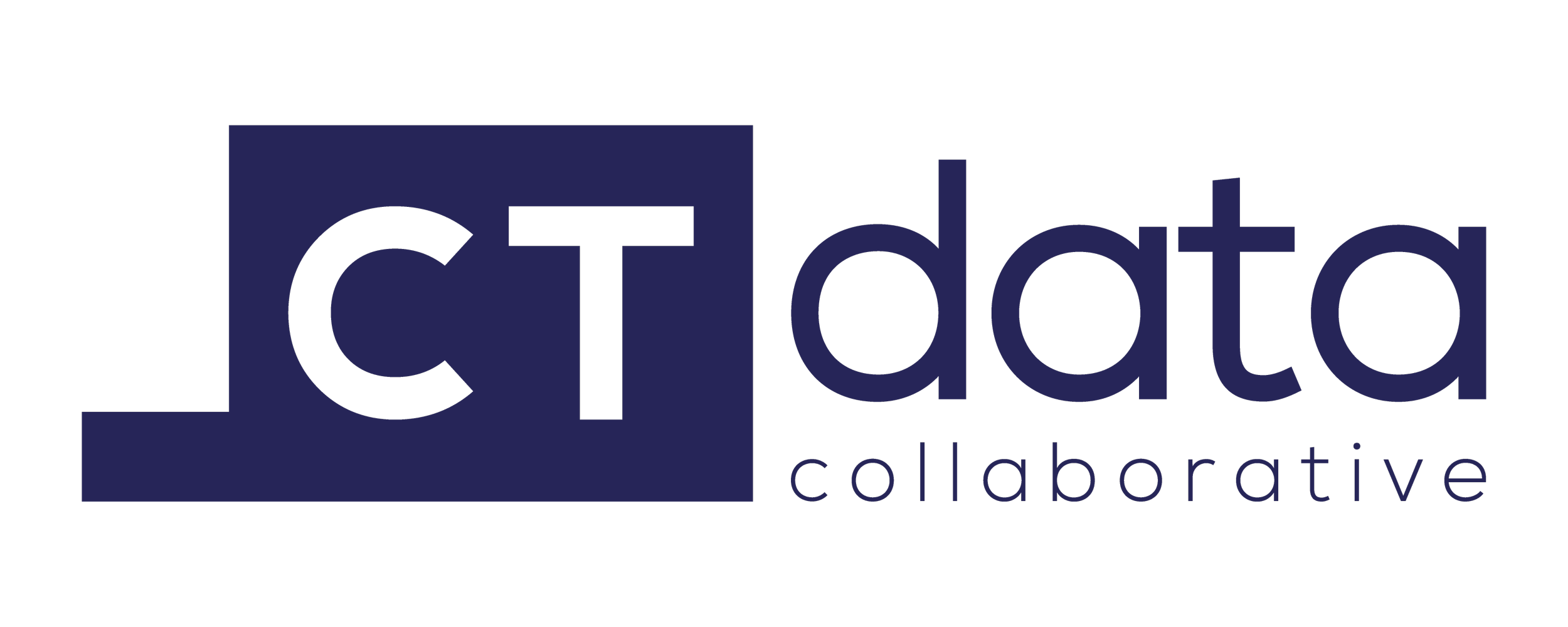Do you work with PUMA boundaries? If so, CTData is interested in your feedback! Public Use Microdata Areas, PUMAs for short, are statistical geographical areas used by the Census Bureau that split the state into sections of 100,000 people or more. Every 10 years, State Data Centers (SDCs) across the country are tasked with adjusting PUMA boundaries based on the results of the decennial census.
Read MoreLast week, the U.S. Census Bureau released the results of the 2020 Census apportionment, which is the process of allocating all 435 seats in the House of Representatives to the 50 states.
Read MorePartnerships and collaborations are a valued and important part of the work we do at CTData because any professional or organization, no matter the sector or industry, can benefit from using data to tell a story. Recently, we were thrilled to work with the Hartford Area Habitat for Humanity for their Reflective Report on the Impact of Homeownership, with generous funding from the Travelers Foundation.
Read MoreConnecticut home values have climbed steadily since the emergence of Covid-19 in early 2020. For over a decade, the state’s housing market has been recovering from the Great Recession, and many were uncertain about the pandemic’s impact on this market.
Read MoreRead more for our Covid-19 Year in Review, an update about 2020 Census data releases, and new upcoming events with the CTData Academy!
Read MoreIt has been over one year since the emergence of Covid-19 in Connecticut. CTData has released a report which provides a detailed snapshot of Covid-19 in Connecticut over the past year.
Read MoreSince the beginning of the coronavirus pandemic, Asian Americans across the nation have experienced an appalling rise of racist harassment and violence. Stop Asian Hate reported a staggering 3,975 hate incidents against Asian-Americans between March 19, 2020 and February 28, 2021.
Read MoreCTData's 2020 Annual Report is here! Although last year presented unprecedented challenges, we are incredibly proud of our team and partners for continuing to advance our mission of making data available and accessible for everybody.
Read MoreNational Invest in Veterans Week is observed from March 1 through March 7 each year and provides an opportunity to celebrate and honor our veterans and their contributions to our community and economy. We put together a blog post with some facts about veterans in Connecticut based on data from the 2019 American Community Survey.
Read MoreIn February 2021, the U.S. Census Bureau updated census geographic boundaries for many states across the country, including Connecticut. Since data from both the American Community Survey and decennial census is often consumed at the census-tract level (areas of up to 4,000 people), it is important for data users to understand the differences between 2010 and 2020 boundaries, as new data will be disseminated using updated boundaries going forward.
Read MoreHow has the coronavirus pandemic affected different groups in Connecticut, and especially the Hartford region? What are people doing to prevent its spread, and what do people know about the virus? As part of the Putting Local Data to Work project through the Robert Wood Johnson Foundation and Urban Institute, CTData began working with three of these organizations (Sudanese American House of CT, Family Life in Education, and Hartford Health Initiative) to identify ways to support them as they served their constituents in their response to and recovery from the pandemic.
Read MoreThe U.S. Census Bureau is typically associated with the once-a-decade count of the entire population of the United States, but did you know the bureau collects and shares data from over 130 surveys and programs?
Read MoreCongress passed the Coronavirus Aid, Relief, and Economic Security (CARES) Act in March 2020 to provide financial support to residents struggling with the costs of Covid-19. On average, eligible Connecticut residents received $1,616 in the first round of the CARES Act stimulus, compared to $1,676 nationally.
Read MoreTwo major projects in one month! CTData is also excited to announce the Connecticut Zoning Atlas, developed in partnership with Desegregate CT. This interactive map—the first of its kind in the state—includes all 2,616 zoning districts and two subdivisions and allows users to view the type of zoning district and filter by permitted residential uses. The tool also includes overlays for rail, CTfastrak, and ferries.
Read MoreCovid-19 has revealed the inequities and injustices that perpetuate the systems in Connecticut. This blog post highlights the disproportionate impact of Covid-19 on women and girls (particularly, women and girls of color). We urge policymakers, government officials, philanthropists, non-profit service providers, corporations, and community members to use this information to work towards equity through relief and recovery efforts.
Read MorePlease join us for a special event this Thursday, January 28 at 9:00 am to learn more about the Essential Equity report just released. The event is hosted by the Aurora Foundation, Connecticut Collective for Women & Girls, and CTData.
Read MoreIf you use census data, read more below about an important update that will impact the future of your data work in Connecticut.
Read MoreIf you use census data, stay tuned for an important update that will impact the future of your data work in Connecticut.
The State of Connecticut requested and the Census Bureau proposed the appointment of the state’s nine Councils of Governments (COGs) as the “county-equivalent geographic unit for purposes of collecting, tabulating, and disseminating statistical data.” The change is set to be implemented in 2023.
Read MoreAre you as excited as we are about the newly released ACS 2015-2019 data?
Read MoreHow has Connecticut changed in the last five years? According to our analysis on the newly released 2015-2019 American Community Survey (ACS) data from the U.S. Census Bureau, the total population of Connecticut has declined slightly. However, the share of the population that identifies as a person of color has increased by 3%, and the share of the population that has health insurance has increased as well.
Read More